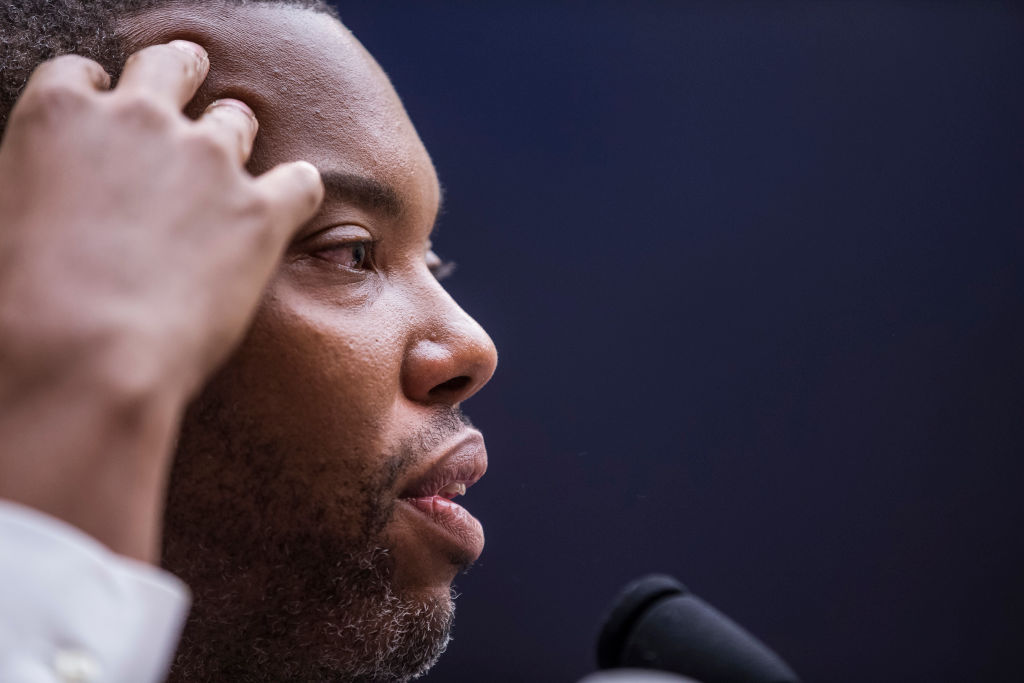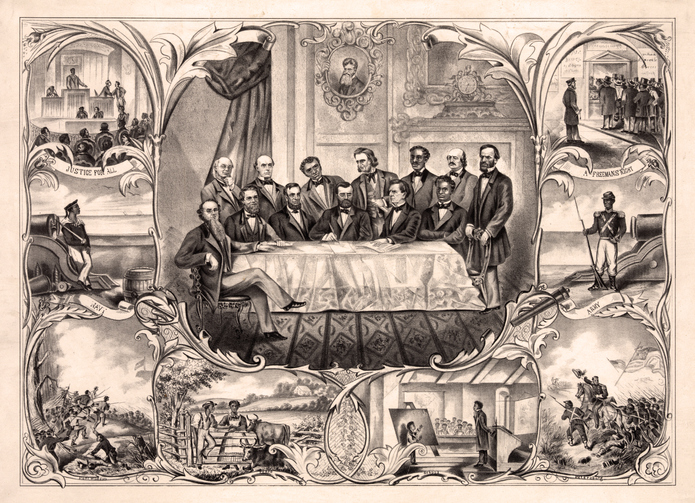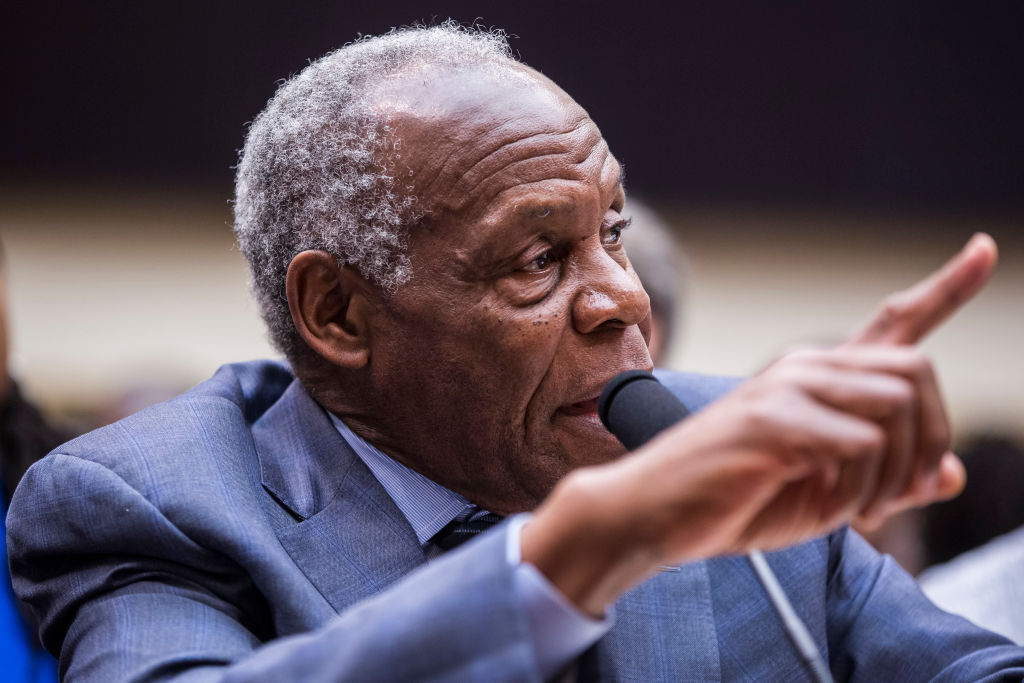
Source: Zach Gibson / Getty
Last month, the Judiciary Committee of the House of Representatives took the highly significant first step of advancing House Resolution 40 by voting it out for full review by the entire House of Representatives. H.R. 40 is a bill that would put together a committee to explore the systemic effects of slavery on those African-American descendants and to detail how these people would receive reparations.
This is the latest chapter in a journey for Black citizens of the United States that has gained more attention thanks to many in the past who’ve fought for what was owed to them. Let’s take a closer look at the timeline and the events that brought us one step closer to seeing reparations as promised to actually becoming a reality.

Source: Keith Lance / Getty
1865: Special Field Order No.15
In the wake of the Civil War, General William Tecumseh Sherman of the Union Army issued this order that granted 40 acres of land for newly freed Black people and their families. This is where the “40 acres and a mule” originated from, as Sherman prioritized land in Florida, South Carolina and Georgia for this purpose. Unfortunately, President Andrew Johnson revoked the order later that year.
1957: Queen Mother Moore and The Republic of New Afrika
Audley “Queen Mother” Moore was a revered Harlem-based activist who was a leader within Marcus Garvey’s UNIA Movement. This work led her to be the founder of the Republic of New Afrika whose platforms were land, self-determination and reparations for Black Americans in 1963. Six years beforehand, she took the bold step of presenting a petition to the United Nations demanding direct support for those Black Americans who declared their intent to emigrate to the African continent. Her efforts helped galvanize the argument for reparations during the Civil Rights and Black Power eras.
1974: The Tuskegee Settlement
In 1974, the federal government reached a $10 million settlement out of court with descendants of Black men who volunteered to take part in the infamous Tuskegee Institute study of untreated syphilis. It was found that the men weren’t given the proper treatment nor informed of the full purpose of the study, which went on for over 40 years. The settlement would be expanded years after to include health and medical benefits for wives and offspring.

Source: Zach Gibson / Getty
1989: The Introduction of H.R. 40 into Congress
Representative John Conyers (D-MI) was the first to introduce H.R.40 in 1989, drawing inspiration from Sherman’s
special order. He introduced it to the House every year until his retirement in 2017, when Representative Sheila
Jackson-Lee (D-TX) took over.
1994: The Rosewood Settlement
In 1923, the affluent Black town of Rosewood, Florida was stormed by an angry lynch mob from the nearby town of Sumner after a white woman claimed that she was assaulted by a Black man. The town was burned to the ground over several days with the aid of the Ku Klux Klan, with residents beaten, raped and killed. The state legislature would approve a $2.1 million settlement in 1994, and commemorate the location of Rosewood and the tragic events with a sign.
1999: Pigford Vs. Glickman
In 1997, a Black farmer named Timothy Pigford filed a lawsuit as the lead plaintiff of 400 against the United States Department of Agriculture and Secretary of the department, Dan Glickman citing discrimination against farmers like him seeking loans among other grievances. A federal judge found in favor of Pigford two years later, leading to an initial settlement of $1 billion dollars. An additional $1.2 billion for the second part of the settlement was appropriated by Congress.
2014: North Carolina Eugenics
The state of North Carolina became the first in the nation to provide compensation to people who were forcibly
sterilized as part of a eugenics program that went back to the Great Depression. Lawmakers made the move to award $10 million to the surviving descendants of those forced to participate.

Source: Zach Gibson / Getty
2016: Georgetown University
The Washington, D.C.-based university publicly acknowledged that their Jesuit founders profited from the sale of 272 slaves. They initially renamed two campus buildings after Black Americans and offered preferred admission to the descendants of those enslaved. In 2019, the student body voted to increase their tuition in order to benefit
them.

Source: Scott Olson / Getty
2019: Evanston, Illinois
The city council of Evanston, Illinois voted 8-1 to redirect $10 million in tax revenue that would be generated from the sale of legalized recreational marijuana in the state towards reparations initiatives that would combat the gaps of opportunity and wealth in the Black community there. The bill was first proposed by Alderman Robin Rue Simmons.
HipHopWired Radio
Our staff has picked their favorite stations, take a listen…











